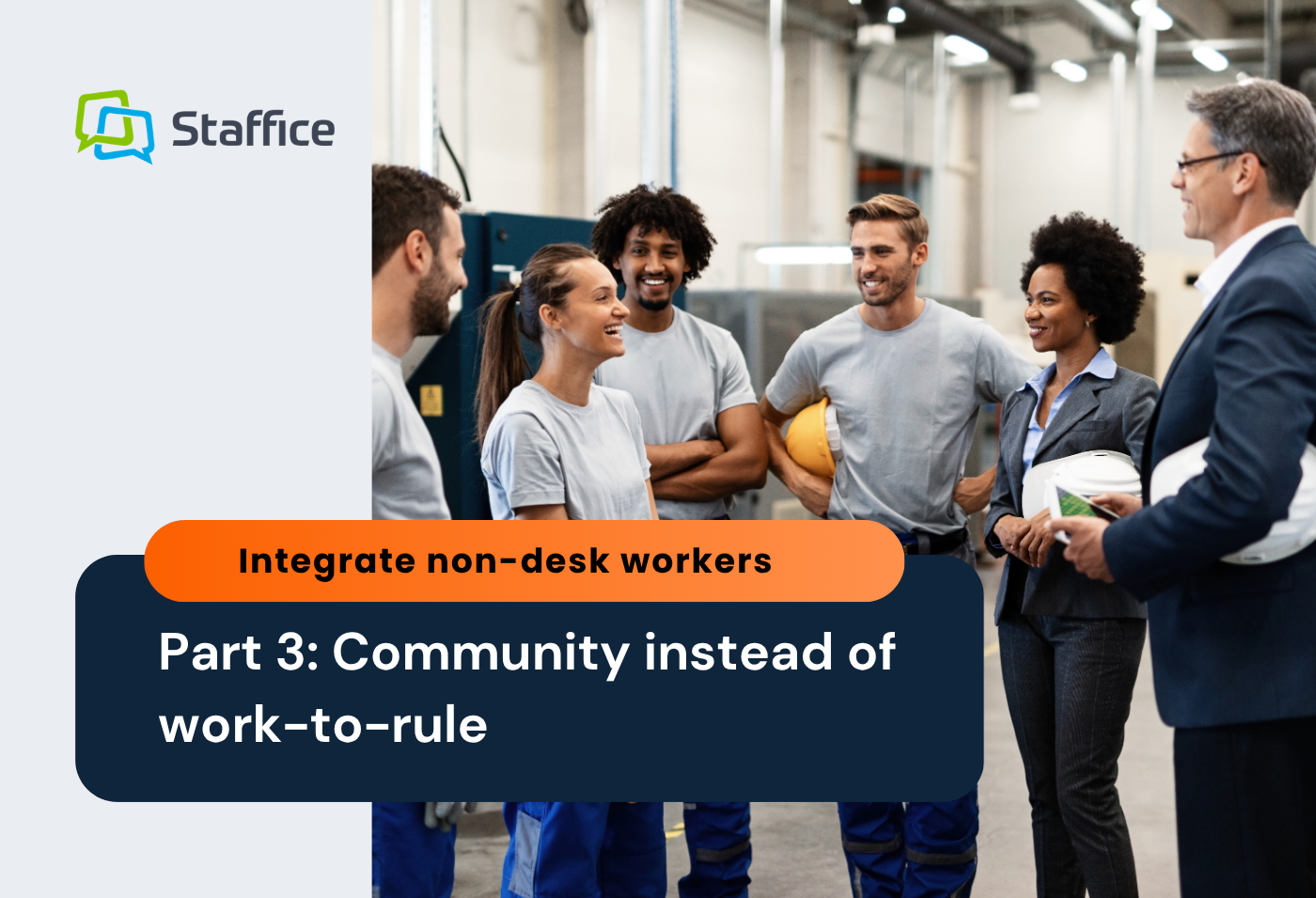Reading time: approx. 4 minutes
Constantly online, constantly energized – and yet the to-do list remains full? Welcome to the reality of modern working environments. But there is another way! If you make your communication smarter, use tools correctly and see breaks not as a luxury but as a strategy, you gain time, focus and a better team atmosphere.
Here are 5 tips that not only sound good, but really work – including concrete ideas for practical implementation:
1. clear routines & real breaks – the underestimated turbo
Multitasking kills Focus. What helps against this? Fixed working hours with consciously planned screen breaks. Studies show that just 5 minutes away from the screen per hour not only increases concentration, but also significantly reduces stress levels.
💡 Tip: Block out fixed “off times” in the calendar – preferably with a reminder! And if it’s introduced as a team, it works even better.
More info on breaks: https://hbr.org/2023/05/how-to-take-better-breaks-at-work-according-to-research
2. realistic to-dos instead of excessive demands
80% of excessive demands start with an unrealistic to-do list. If you have too much on your to-do list, you get less done. The solution: setdaily goals, prioritize them and coordinate them together.
💡 Tip: Define 3 focus tasks every morning that really count. The rest? Comes afterwards – or not at all .
3. digital detox = superpower for your brain
What happens after work? Laptop closed, smartphone in hand – and on you go. Not good. If you consciously go offline, you activate the reset mode in your brain. This ensures more restful sleep, a better mood – and: more innovative power the next day.
💡 Tip: Set a “digital exclusion zone” – e.g. 8-7 p.m. – and set a good example. Managers first!
4. fewer emails, more plain text – with Staffice
When the mailbox is bursting and everyone is waiting for a reply at the same time: pure stress. Staffice offers a clever solution: give feedback, comment on posts, start polls – directly in the app. No email ping-pong, no loss of context.
💡 Tip: Use a shared communication structure. A tool like Staffice Chat is worth its weight in gold for quick coordination – short, clear, efficient and still compliant with data protection regulations.
5. recognize overload – before it crashes
The signs are often there: irritability, withdrawal, declining performance. But they are overlooked. Managers should actively listen and look. Those who react early prevent long-term failures.
💡 Tip: A confidential check-in with the team once a month – e.g. via an anonymous survey in Staffice. This makes visible what would otherwise remain hidden.
Conclusion
Productivity does not come from more work, but from smarter structures. With clear routines, digital tools such as Staffice and an open view of the well-being of the team, work not only becomes more efficient – but also more human.
Are you curious? Then start now: Less stress. More focus. More people.
🧠 Snack tip for the brain:
“Deep Work: Rules for Focused Success in a Distracted World” from Cal Newman:
Why real concentration is a super asset today – and how to regain it in everyday life:
https://amzn.eu/d/2VBkWCp







